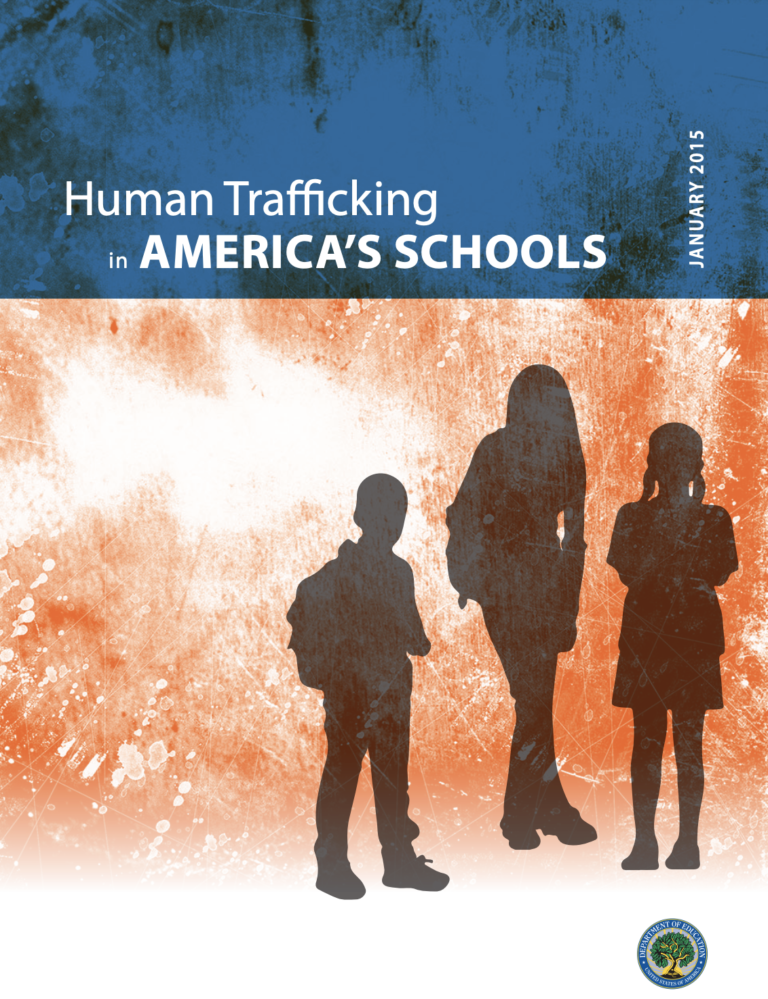Survey report 2021 of efforts to implement OSCE commitments and recommended actions to combat trafficking in human beings
GuidanceThe Survey Report 2021 of Efforts to Implement OSCE Commitments and Recommended Actions to Combat Trafficking in Human Beings has been developed to track progress toward implementing anti-trafficking commitments since the previous Survey in 2015, an...Read More

